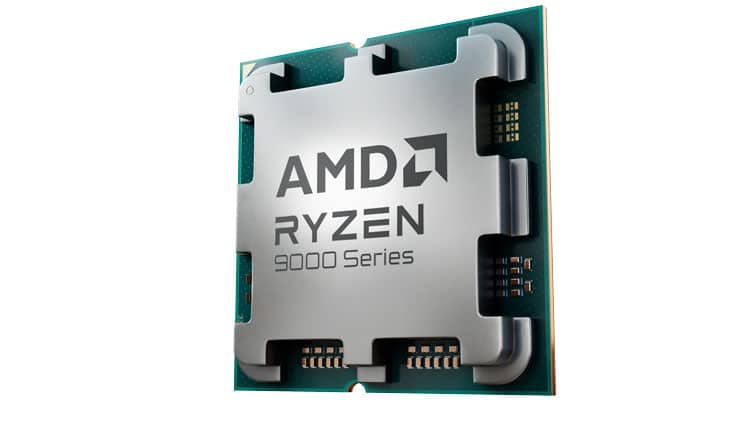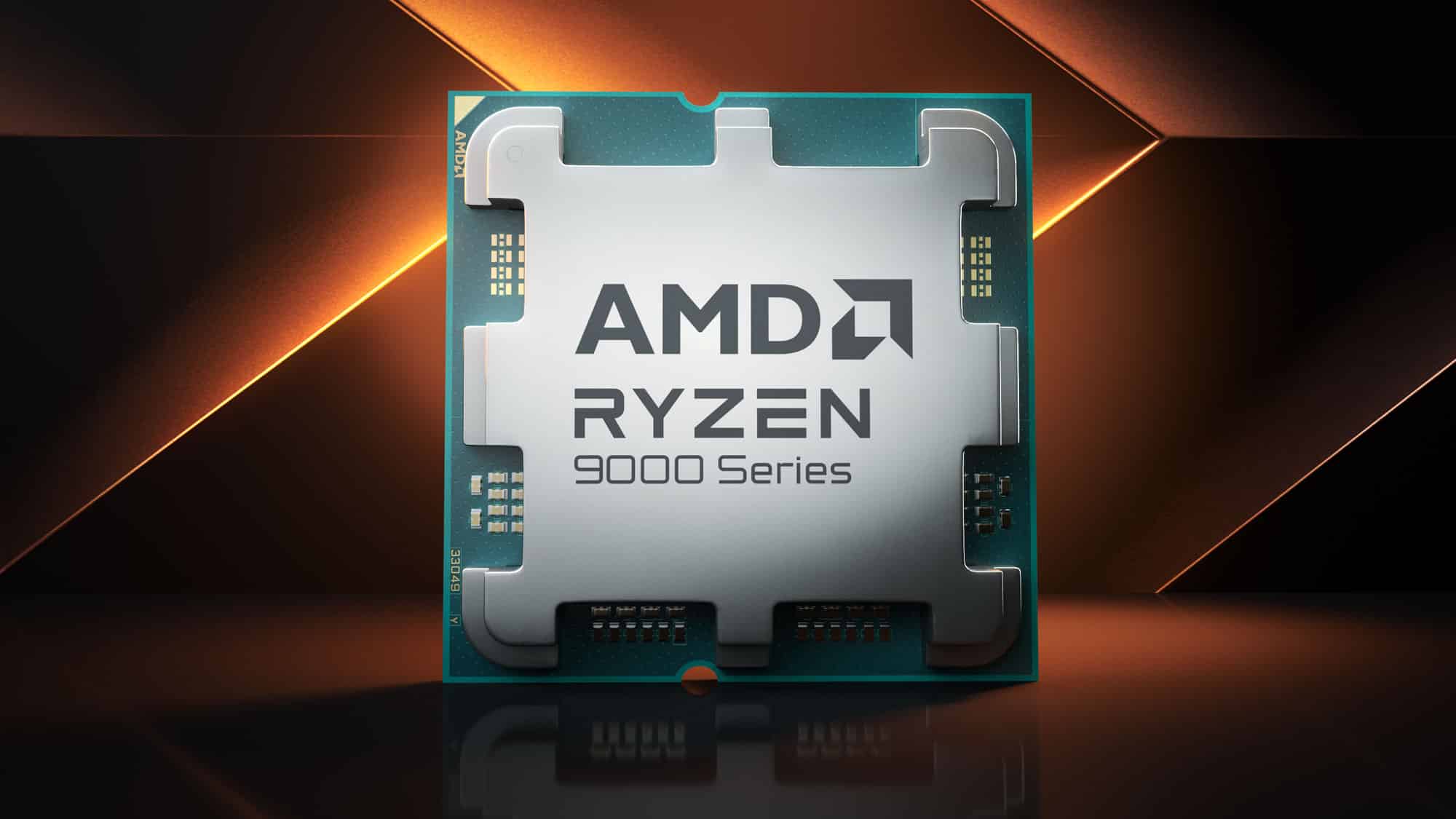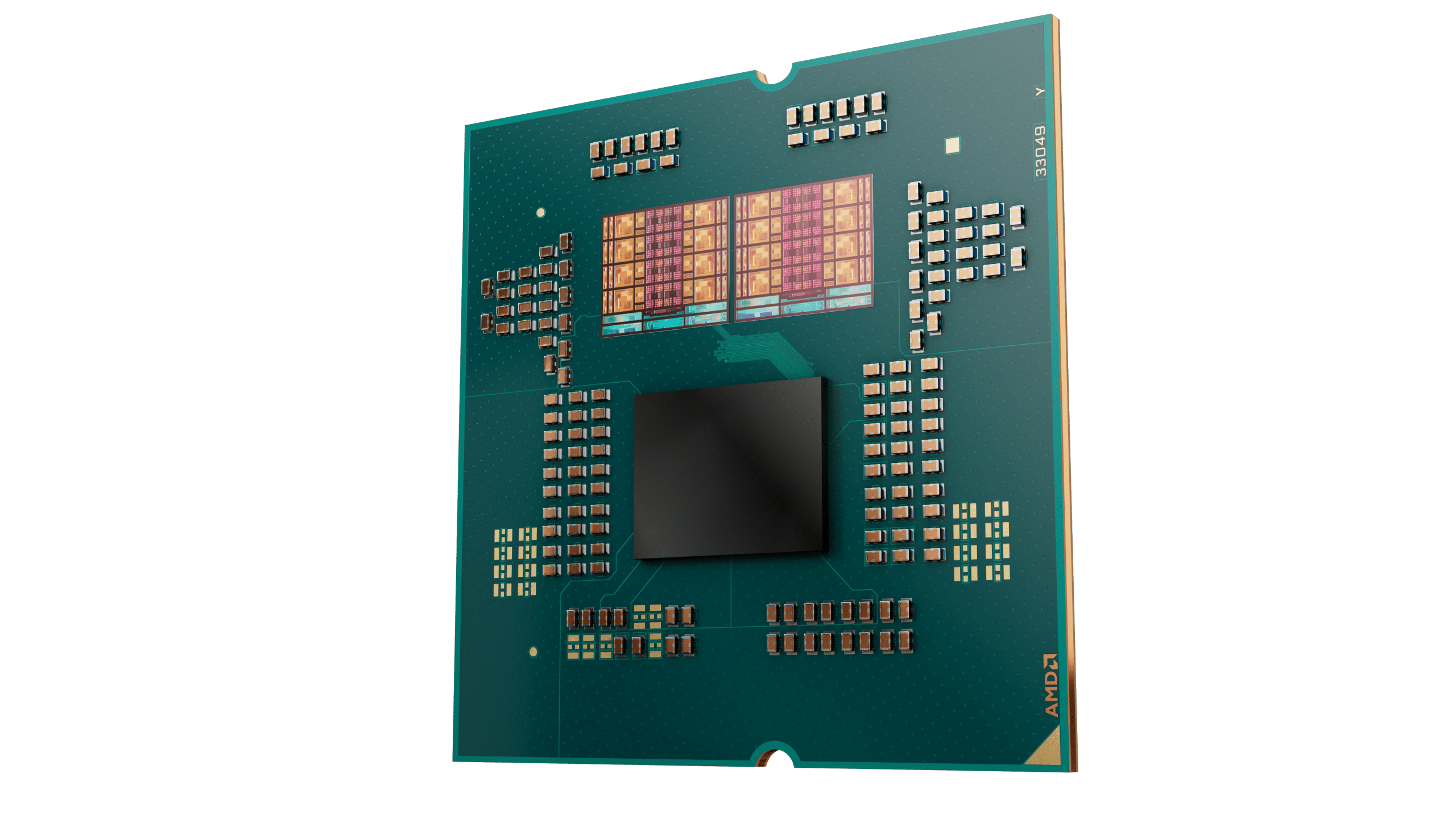Epilogue
I expected higher performance from the Ryzen 9 9900x, not only in gaming but also in everyday applications. It is a strong performer in rendering, but in my testing suite, which includes applications from various fields, the 9900x is behind the 13900K, which performs similarly to the 14900K. Given the increased price tag of this CPU, its overall performance should be higher. Hopefully, this will be the case with driver updates and the new chipsets, but I suspect that the performance improvement won’t be so notable to justify the high asking prices. The problems that Intel currently faces lead to limited competition for AMD, so most likely, it took the opportunity to increase the price of its products since, for the moment, it is the only player in the field. Not having a strong competitor is a problem, mainly for consumers. I hope that AMD won’t fully exploit this situation until Intel gets back on its feet or until another competitor arises in this CPU market, which would be the ideal scenario.
Given that the 7950X3D is almost 50 dollars less expensive than the 9900x, offers improved performance in nearly all sections, and has a lower power consumption in gaming and multi-thread applications, it is hard to suggest the new CPU. AMD created vast internal competition as long as there was stock of its 7000 series processors. Especially in gaming, the X3D processors are a one-way road, leaving the 9000 series processors far behind. In rendering, the 9000 series are strong performers.
With a peak power consumption of 228W and an average of 191W during the Cinebench multi-thread and Blender benchmarks, an AIO is not required for this CPU’s cooling. A strong air-cooler will do just fine. Nonetheless, the more effective the CPU’s cooling solution, the higher its clocks will be. I used a Noctua NH-D15 G2, despite AMD’s recommendation for water cooling, to retain compatibility with all previous CPU results. The operating temperatures were kept low in all cases. This cooler is super expensive, but you can easily find more affordable alternatives offering equally strong cooling performance. Or you can follow AMD’s advice and use an AIO with at least a 240mm radiator.
If you care primarily about gaming, the primary competitor for the 9900x is the 7950X3D or the 7800X3D. Both CPUs are more affordable than the 9900X, which makes me wonder why AMD used this pricing scheme for its new processors. I look forward to the 9000X3D processors, with lower power consumption and increased gaming performance. Hopefully, AMD will also lower the prices of its new processors to make them more appealing.
- AMD Ryzen 9 7950X3D CPU Review: Performance, Thermals & Power Analysis
- AMD Ryzen 7 7800X3D CPU Review: Performance, Thermals & Power Analysis
- Good rendering performance
- Low operating temperatures
- High single-thread performance
- PCIe Gen5 support for both storage and graphics
- Support for higher RAM speeds
- Integrated GPU
- A high-end air-cooling solution can handle its thermal needs
- DDR5 support up to 8000 MHz (in AMD 870-series mainboards)
- TSMC 4nm process
- AVX512 and AI instructions support
- AMD ECO mode for lower power consumption
- Increased price
- I expected higher overall and gaming performance
- Increased power consumption (especially in IDLE)
- No NPU (Neural Processing Unit) for accelerating neural network processes (AI acceleration)




How? I’ve got a 9900x and playing high end games throttles with a Thermalright Peerless Assassin. I’m going to have to water cool this thing just to be able to game lol.
A Peerless Assassin would not be able to hold the 9900X cool in a high usage environment, the real solution really is a heftier cooler, got myself a MSI Mag Coreliquid A13 and the highest temperature my 9900X got while editing was only 80C.